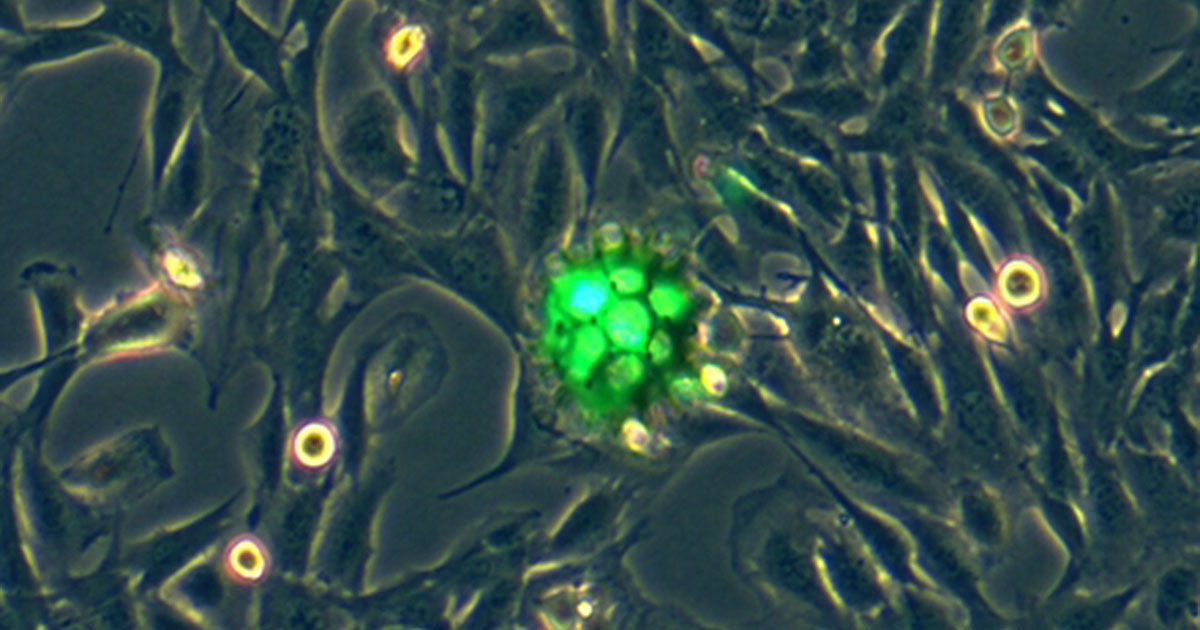The researchers, led by Dong Sun, a professor at City University of Hong Kong, demonstrated their device in zebrafish and mice, and reported their success in the journal Science Robotics.
The advance is notable because Sun and his colleagues were able to demonstrate that their robots work in animals. “It’s really uncertain how to make these tiny machines move in living organisms,” says Bradley Nelson, a microroboticist at ETH Zürich, who was not involved in the project.
Several other groups, including Nelson’s, have demonstrated cell-carrying microbot designs in computer simulations and test tubes, but “in vivo is harder,” he says.

Sun designed the robots to resemble burrs (the prickly spherical seed pods that cling to clothing). He and his colleagues fabricated them using 3D laser lithography, and coated them in nickel for magnetic actuation, and titanium, for biocompatibility.
The porous, burr-shaped bots hold cells between their spikes. Using magnetic fields, researchers can guide the bots to a site of interest in the body. There, they release the cells, which then proliferate and do their job in regenerating damaged tissue.

Sun and his colleagues tested the mobility of the robots by injecting them into the yolks of anesthetized zebrafish embryos. They navigated them around to specified points inside the yolk while observing that the heart of the zebrafish continued to beat.
Then they tested whether the robots could carry and release cells. They loaded them up with a voracious type of cell called HeLa, and injected swarms of them into mice. The robots did their job in releasing the cells, which then proliferated in the mice.
A next step would be to load up the microbots with stem cells to test their therapeutic capabilities. One limitation of the design is that the cells are released spontaneously, rather than with a controlled mechanism.
Nelson cautions that Sun’s burr-bots are only one piece in the stem cell puzzle. Far more work must be done before stem cell therapies can be used to actually heal organs or treat disease.
The cell-carrying bots add to the growing list of medical microrobots designed to perform various jobs in the body, such as delivering drugs or fighting infections.
